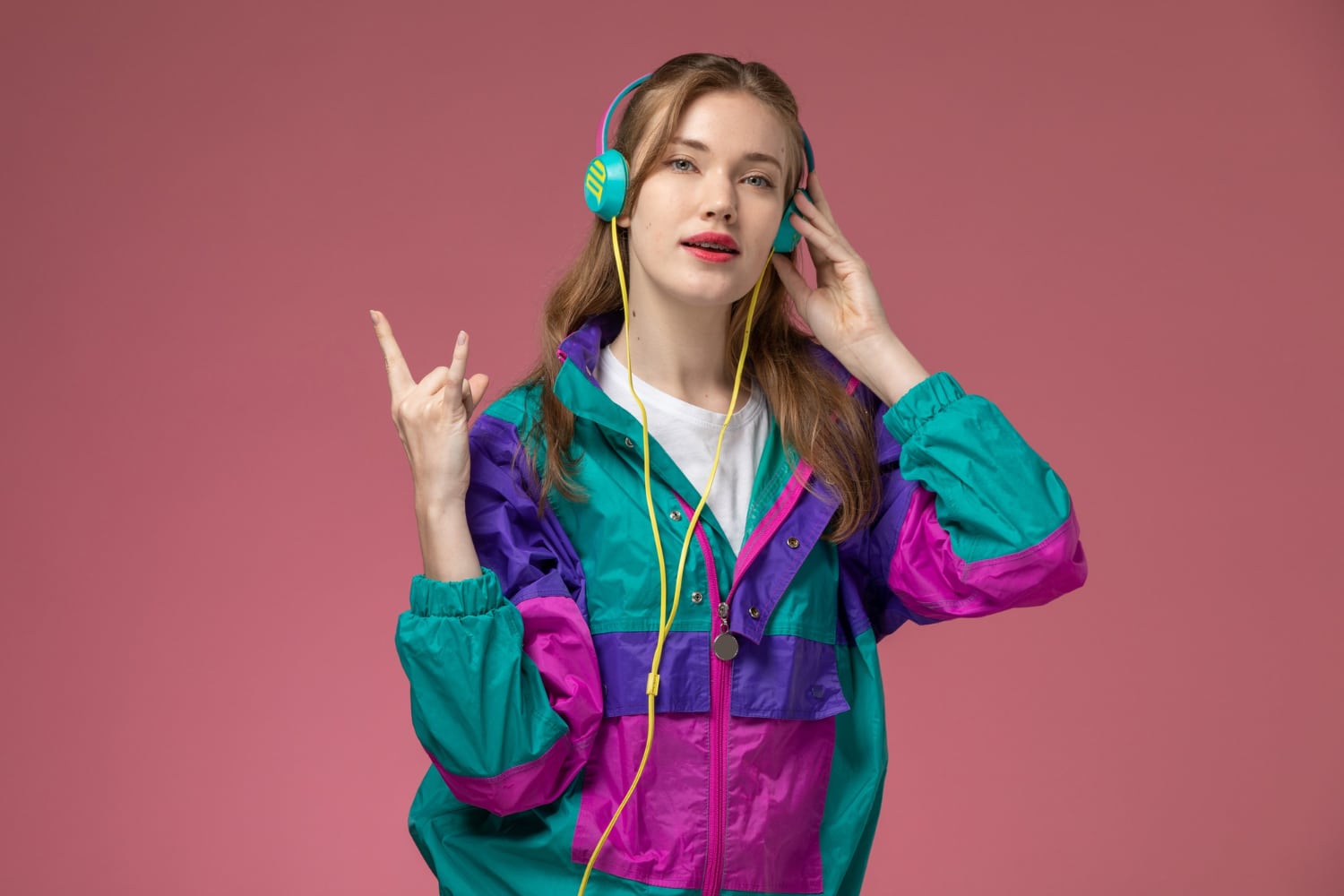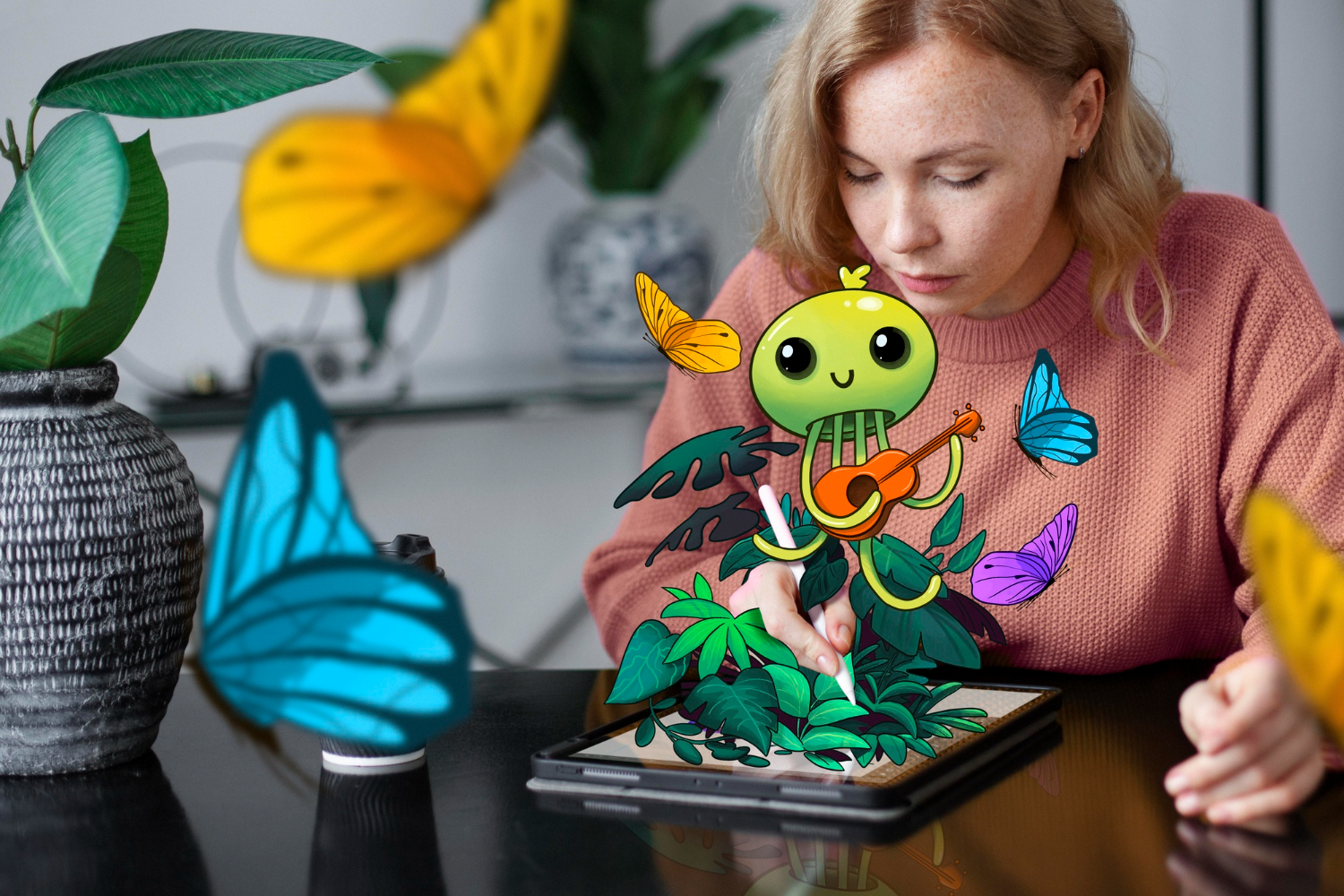
Independent Artists on the Rise: Who to Watch This Year
Independent artists are making big waves in the music industry. They challenge old norms and create unique spaces for themselves. Digital platforms and social media have made it easier for many voices to be heard. Now, more diverse opinions can share their stories. As we near 2025, let’s pay attention to the independent musicians. They will change the music industry. This blog shines a light on indie artists. It features new music talents you should check out this year.
The rise of indie artists isn’t just a trend. It shows a big change in how we create, share, and enjoy music. Fueled by technology and a DIY spirit, these artists are changing the industry from the ground up. Their stories, sounds, and strategies vary widely. They easily connect with a global audience.
Key Benefits
The rise of independent artists is reshaping the music industry in profound ways. These musicians have complete creative control over their work, which sets them apart from those signed to major labels. This freedom leads to more real and experimental sounds, which connect with audiences who want something original. Independent artists connect directly with their fans, which builds community and loyalty in ways that traditional methods can’t match.
In 2025, independent musicians are adding to music’s diversity. They are also shaping industry trends. They bring fresh perspectives and innovative approaches to music production and distribution. These artists are gaining traction. They question the norm. They push listeners and industry pros to rethink what success means in music.
The success of indie artists also highlights a shift in consumer behaviour. Fans are looking beyond mainstream channels. They look for hidden gems in curated playlists, TikTok trends, and Bandcamp releases. This trend helps artists who value substance and authenticity more than commercial polish. This shift creates a more prosperous and more inclusive music scene.
Indie musicians do a lot. They write songs, produce music, market their work, and sell merchandise. This entrepreneurial spirit fosters innovation and builds resilience. Success stories inspire new artists. They encourage them to take charge of their careers. They can reshape their paths to musical success.
Additional Expert Tips & Common Mistakes to Avoid

If you want to be a successful independent musician, here are some best practices. Firstly, building a strong online presence is crucial. Platforms like Spotify, SoundCloud, and YouTube offer opportunities to reach global audiences. Engaging with fans on social media can boost an artist’s reach.
Making behind-the-scenes clips, live sessions, or personal vlogs helps artists connect better with their audience and strengthen the bond between them and their fans. Using music and visuals to tell a story can help an indie brand stand out in a crowded market. TikTok and Instagram Reels are great for viral content. They help niche artists reach a wider audience.
However, there are common pitfalls to avoid. Many indie artists underestimate the importance of branding. A cohesive image and message can set an artist apart in a crowded market. Branding creates recognition and loyalty. It can show through album art, stage outfits, or a steady tone on social media. A logo, color palette, and website create a strong professional identity.
Creative freedom is key in independent music. Still, balancing your artistic vision with what the audience wants is essential. Ignoring listener feedback can lead to a disconnect, hindering growth. Successful artists see their fans as partners. They listen, respond, and grow together.
Financial missteps are another common issue. Without the backing of a label, indie artists must manage their budgets. Investing wisely in production quality, marketing campaigns, and touring logistics is crucial. Overextending financially can jeopardise an artist’s ability to sustain momentum.
Advanced Insights
The future for independent musicians in 2025 looks bright, but it’s also competitive. To stand out, artists should consider innovative distribution strategies. Whether in the same genre or not, working with other artists helps reach new fans. These partnerships can boost creativity and open up fresh ideas.
Joining artist collectives or co-writing sessions is helpful. They provide chances to network and introduce new creative ideas. These partnerships help indie artists reach more fans and handle self-promotion better. Cross-genre collaborations can create exciting new sounds. For example, a rapper can work with an electronic producer, or a folk singer can collaborate with a jazz band. These unique partnerships often grab media and fan attention.
Data analytics offers valuable insights into audience demographics, listening habits, and geographic reach. This info can guide marketing strategies. It helps artists adjust their content to meet fan needs. Streaming platforms have built-in analytics. Third-party tools can explore engagement metrics even more.
To stay ahead in the indie music scene, embrace new tools and platforms as technology evolves. Innovation will be key in the next chapter of independent music. Artists will experiment with NFTs, engage fans through virtual concerts, and use AI to improve production quality.
Monetisation models are also expanding. Artists are no longer just relying on music sales and streaming income. They also use Patreon subscriptions, sell limited-edition merchandise, and secure sync licensing for TV, film, and video games. Building multiple revenue streams is essential to sustain long-term success.
Conclusion: Independent Artists on the Rise

In conclusion, independent artists are changing the music industry. Musicians in 2025 are changing music and shaking up the industry. These artists embrace authenticity, innovation, and direct engagement with fans. This approach helps them make a lasting impact.
An independent artist’s journey has many challenges, but it also offers great opportunities. For fans, this is an exciting time to discover new voices and support artists from the ground up. Every stream, follow, and share helps creativity grow beyond traditional industry limits.
Support indie artists by going to their shows, buying their music, and sharing their work. It truly makes a difference. Artists must stay true to their vision. They also need to adapt to industry changes to succeed. The indie artists spotlight shows that music’s future is bright. It’s diverse and full of potential.


